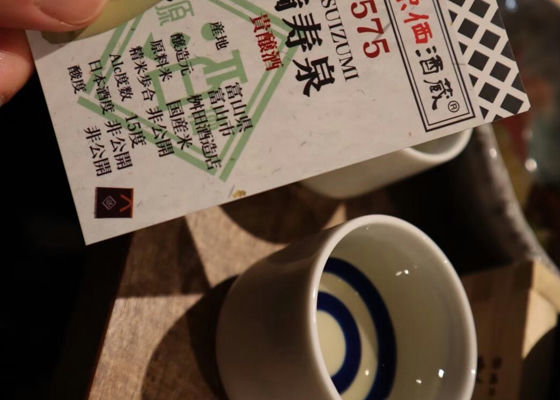
SakenowaRecord your sake experiences and discover your favorites
Timeline

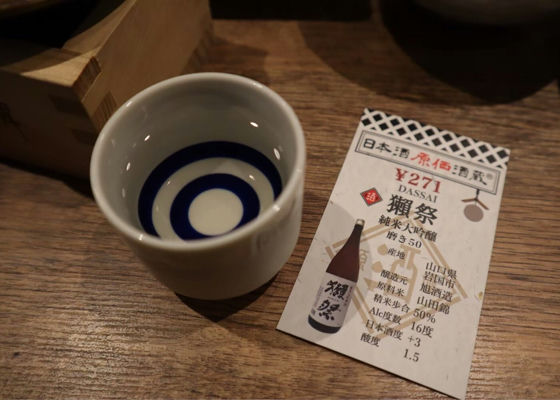
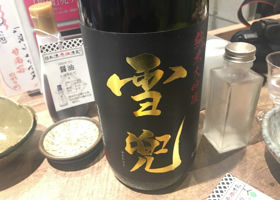
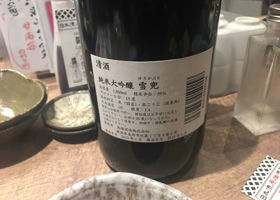
Atagonomatsu純米大吟醸 特注品
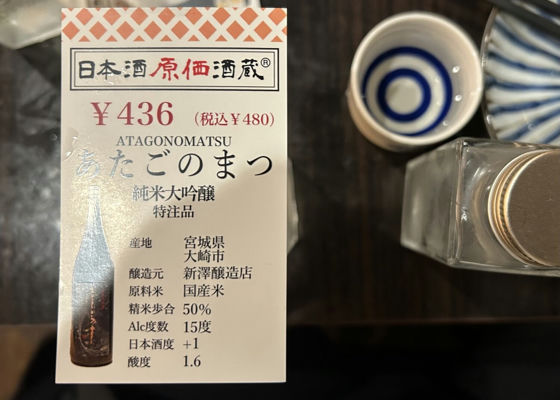
まっちー
6th glass.
Sake rice brand unknown,
Polishing ratio 50%.
Delicious.
Japanese>English
Miinokotobuki純米吟醸 大辛口+14
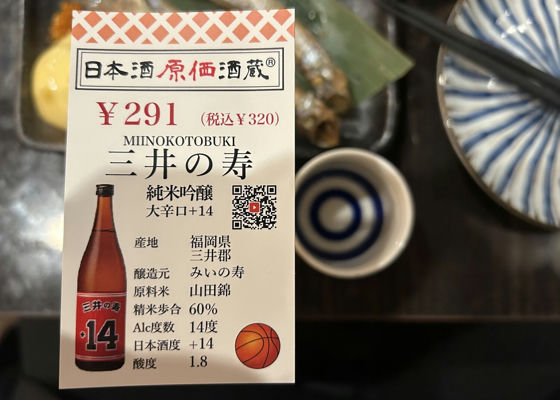
まっちー
5th cup.
100% Yamada-Nishiki is used,
Polishing ratio 60
I remember it was a little thick. Delicious.
Japanese>English
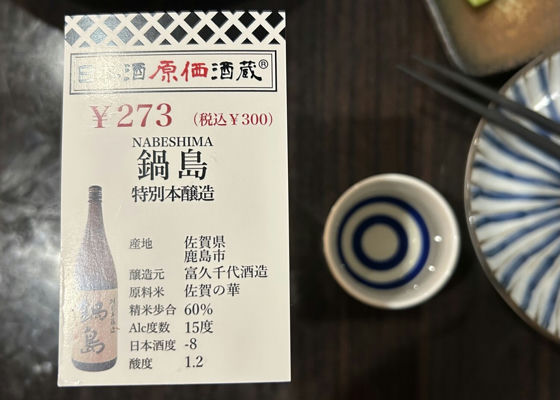
まっちー
4th cup.
100% Saga-no-Hana,
Polishing ratio 60
Delicious.
Japanese>English
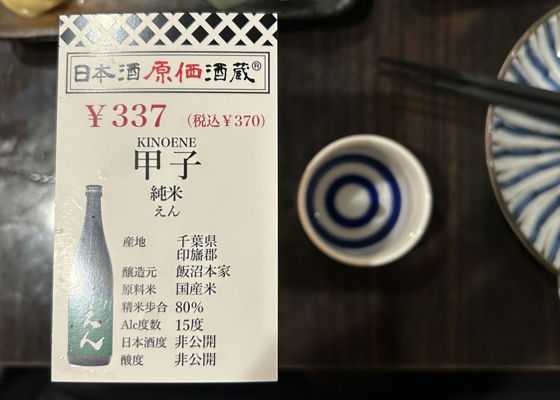
まっちー
3rd glass.
Sake rice brand unknown,
Polishing ratio 80
Delicious.
Japanese>English
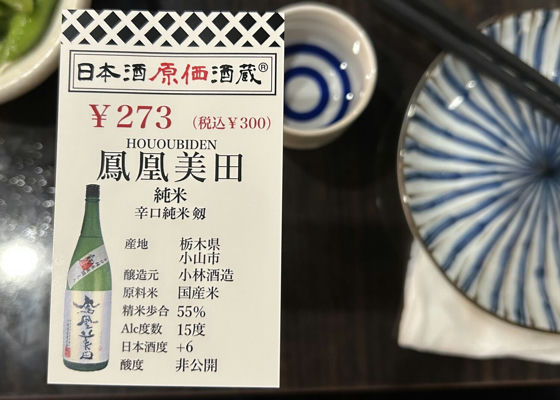
まっちー
Second glass.
Sake rice brand unknown,
Polishing ratio 55%.
Delicious.
Japanese>English
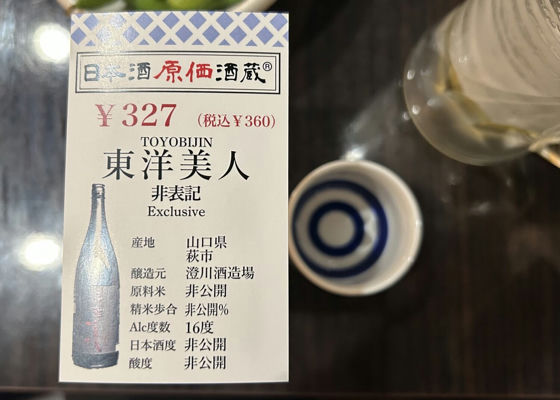
まっちー
Drinking out with friends from Yamaguchi.
We started with Yamaguchi sake.
(The brand name of the sake rice and the rice polishing ratio are undisclosed.
It was easy to drink. Delicious.
Japanese>English
Hanaabithe premium 八反錦 おりがらみ
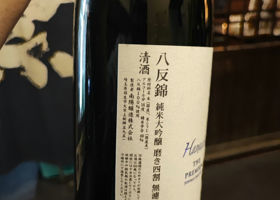
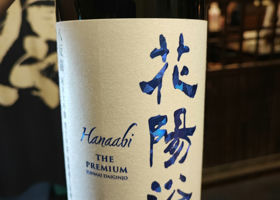
hiro0816
★★★☆☆☆☆
The taste is quite special compared to the other specs of Huayouyasumi.
After feeling the fluffy pineapple taste, I immediately felt the bitterness and astringency, and the impression remains in my mouth until the end.
The sweetness and umami are not clear, which is disappointing.
Japanese>English
Hanaabithe premium 越後五百万石
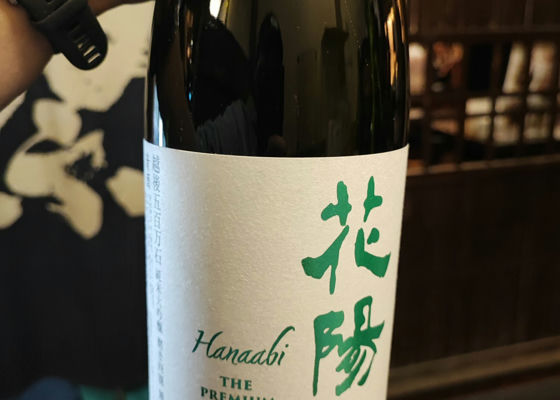
hiro0816
★★★★★
The aftertaste is even more refreshing than the premium Yamadanishiki, which is also from Kahanayo.
However, the pineapple aroma and the spread of umami are also very strong, so you can drink this without getting tired of it!
Japanese>English
Hanaabithe premium おりがらみ 純米大吟醸 山田錦
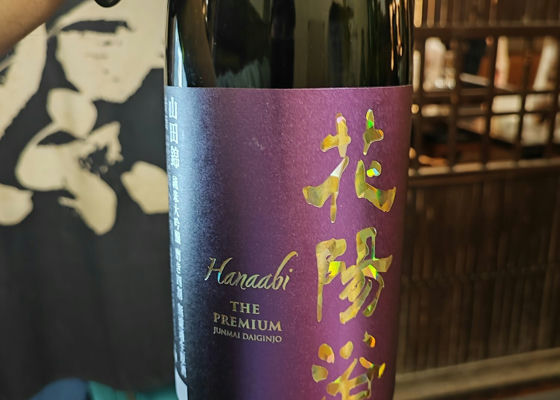
hiro0816
★★★★★
Pineapple and tropical fruit aroma spreads instantly, and the richness of sweetness keeps spreading.
However, the lingering aftertaste disappears without a strange sticky feeling.
This is my favorite spec among the Hana-yosu.
Japanese>English
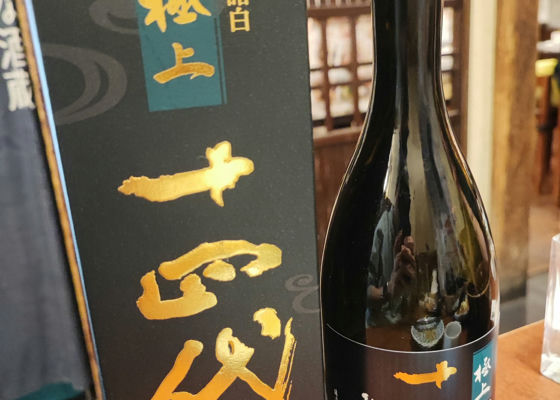
hiro0816
★★★★★
A drink that explains why it has skyrocketed in price.
A balance of aroma and flavor that everyone will enjoy
A sweet and juicy sake that everyone can enjoy
Japanese>English
hiro0816
★★★★☆
As the previous review said, it is quite tasty with an instant pineapple flavor.
However, there was a sense that the subsequent flavor did not follow, and I felt it was lacking.
Japanese>English
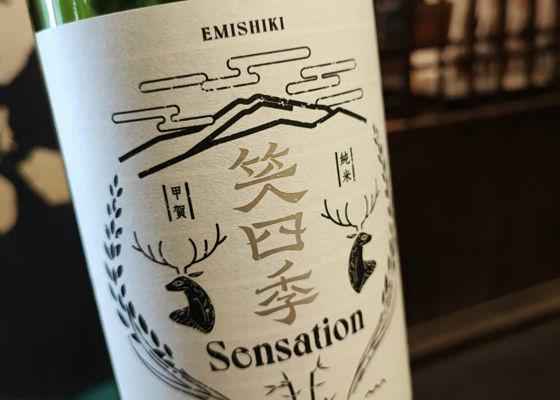
hiro0816
★★★☆☆☆☆
Blue banana type sake
Not my favorite...
Japanese>English
AramasaNo.6 X-type
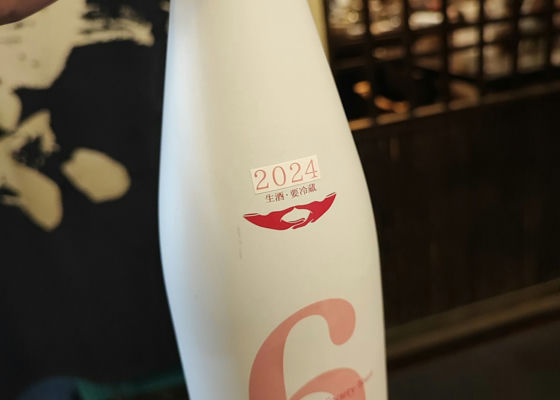
hiro0816
★★★★★
Exactly like white peaches, peachy natural water
Ultimate fruity taste that transcends the boundaries of sake
The feeling of having tasted the best of the sweet and juicy type
Japanese>English
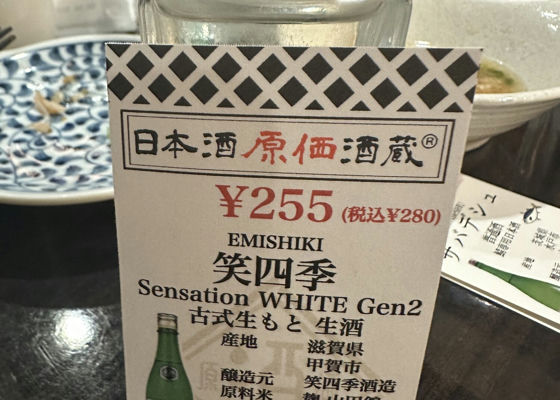
錦糸卵
Legitimately delicious.
Japanese>English
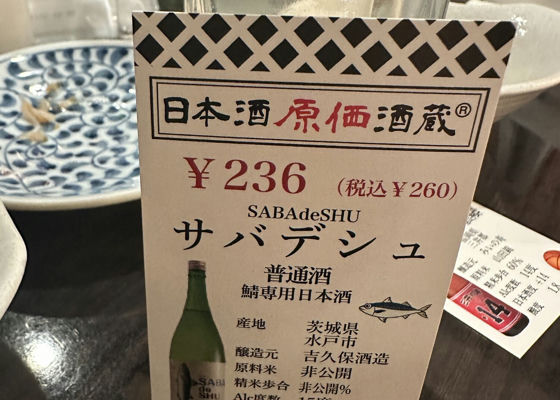
錦糸卵
Sake exclusively for mackerel. Served with seared shime saba.
Japanese>English

錦糸卵
Happy Slam Dunk generation. Micchan's godfather sake.
Anzai-sensei, delicious.
Japanese>English
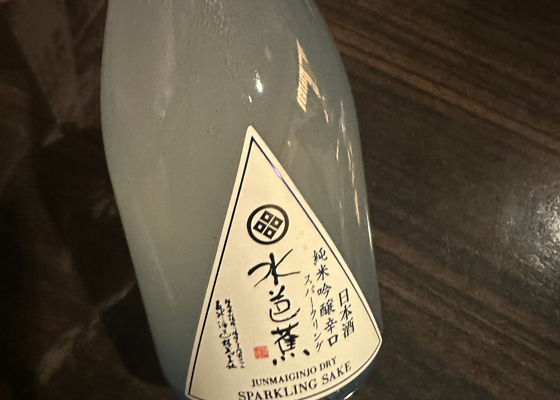
錦糸卵
Toast Sparkling. Dry and schwarzy.
Japanese>English